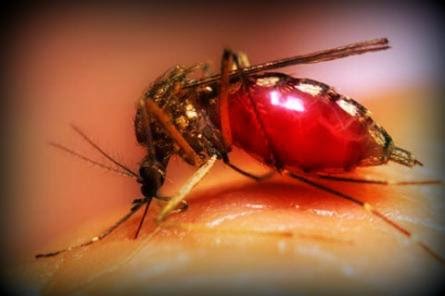
CEBU (Mindanao Examiner / May 13, 2014) – Summer is the best time to destroy breeding sites of dengue-carrying mosquitos and according to Dr. Frances Edillo, of the University of San Carlos, the larvae and pupae infected with dengue virus survive summer and become mosquitoes in the following rainy season and the insects could set off an epidemic among humans.
He said based on a 2012 study by the San Carlos University in Cebu, the month of April registered the highest minimum infection rate of Aedes aegypti, the more common carrier of the dengue virus in the country.
The study was done in four sites within Cebu City where Edillo’s research team observed a low number of dengue cases during dry season, but the cases hike during the rainy season.
The research team used Polymerase Chain Reaction, a technique for making multiple copies of a gene from a sample DNA. Using the technique, the team found from the samples three of the four dengue serotypes, namely DENV-1, DENV-3, and DENV-4.
Dengue fever is caused by one of four different, but related viruses and it is spread by the bite of mosquitoes, most commonly known as the Aedes aegypti.
Symptoms of dengue fever begin with a sudden high fever, often as high as 105 degrees Fahrenheit and may last up to 7 days after the infection. A flat, red rash may appear over most of the body for 2 to 5 days after the fever starts. A second rash, which looks like measles, appears later in the disease and infected people may have increased skin sensitivity.
Other symptoms include fatigue, headache, muscle and joint pains, nausea and vomiting and swollen lymph nodes.
